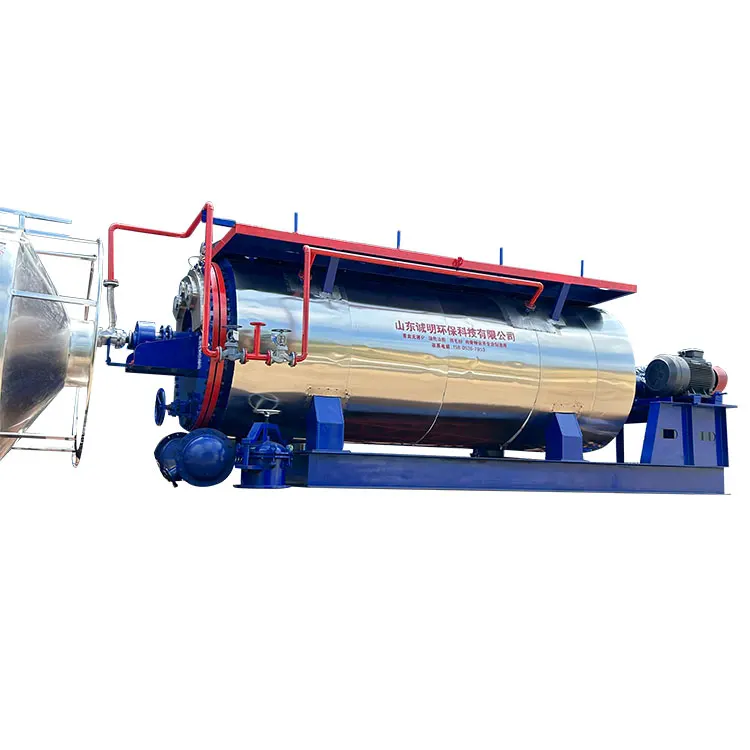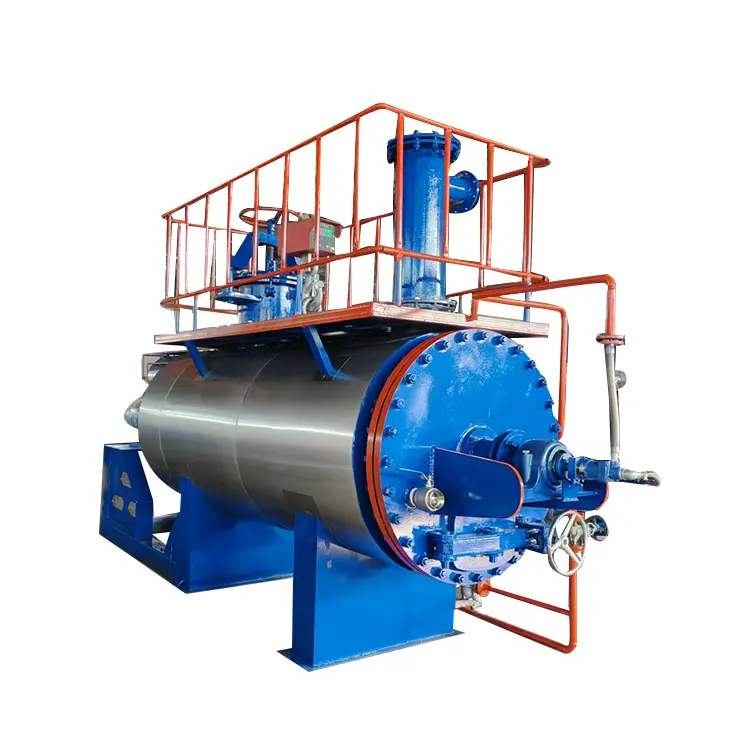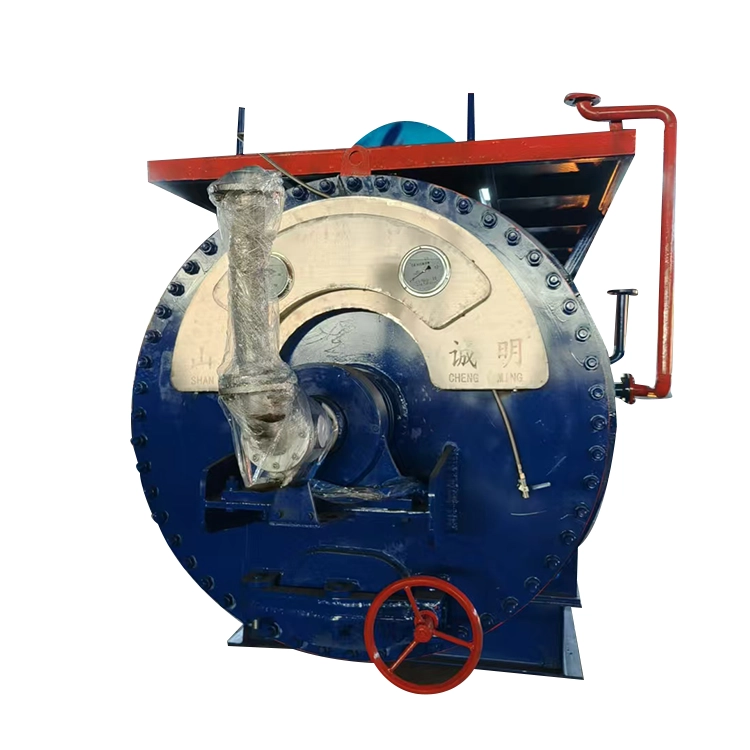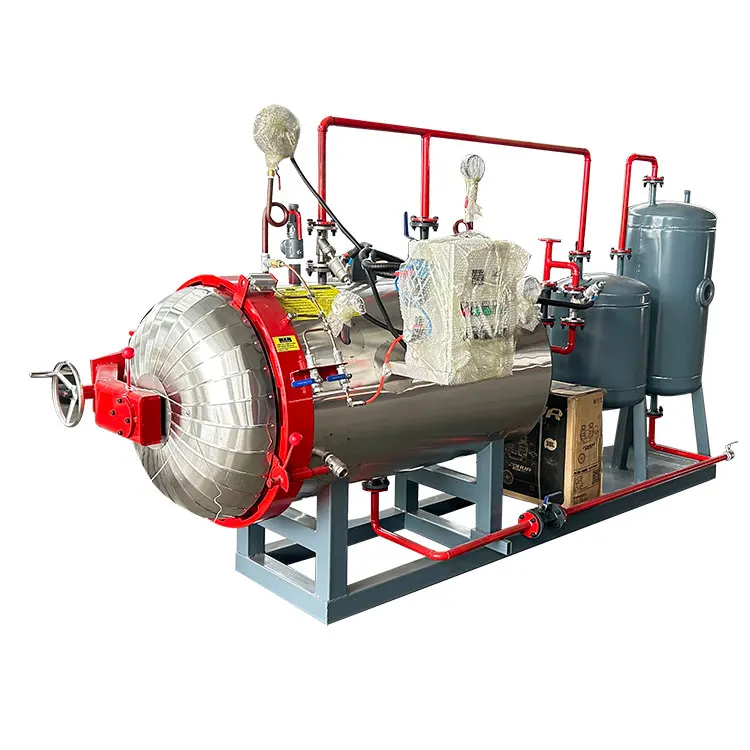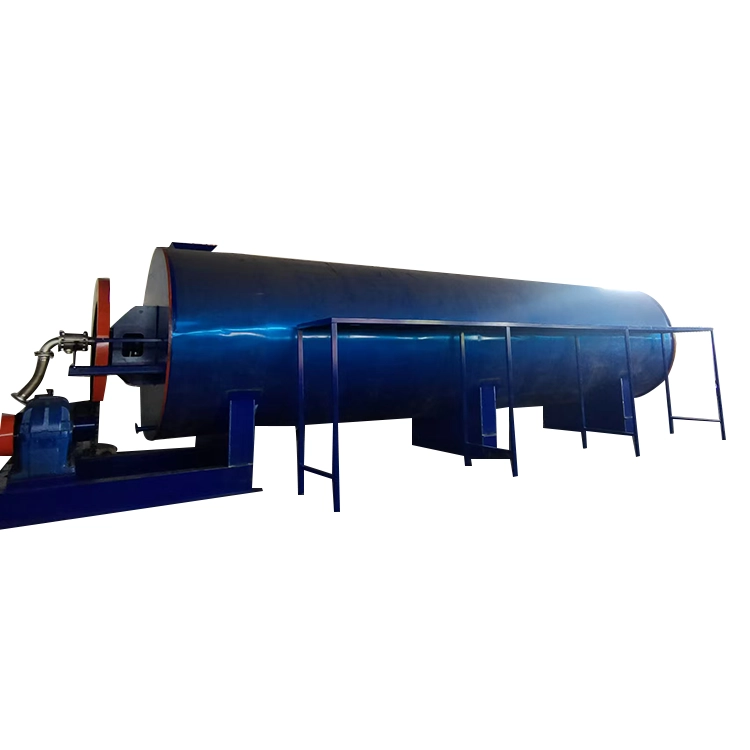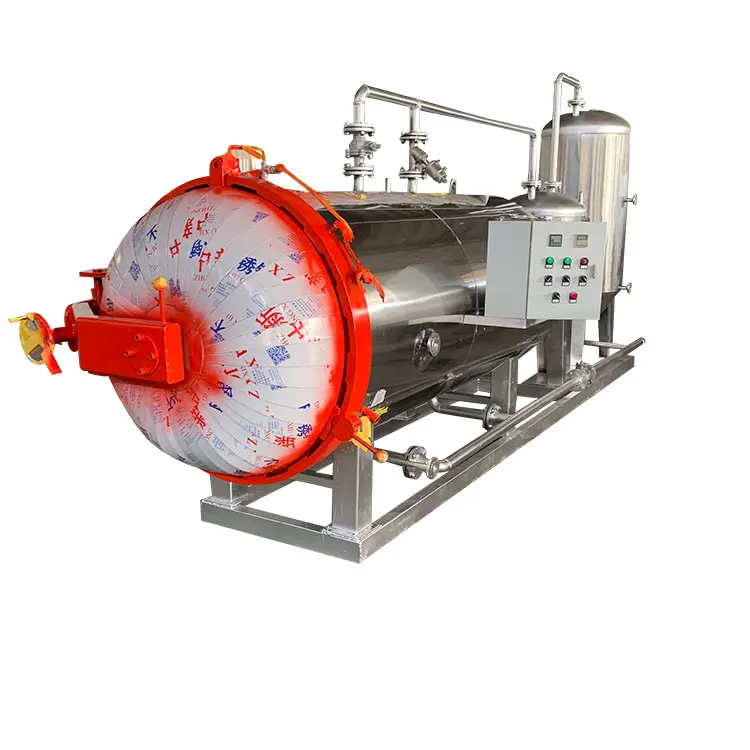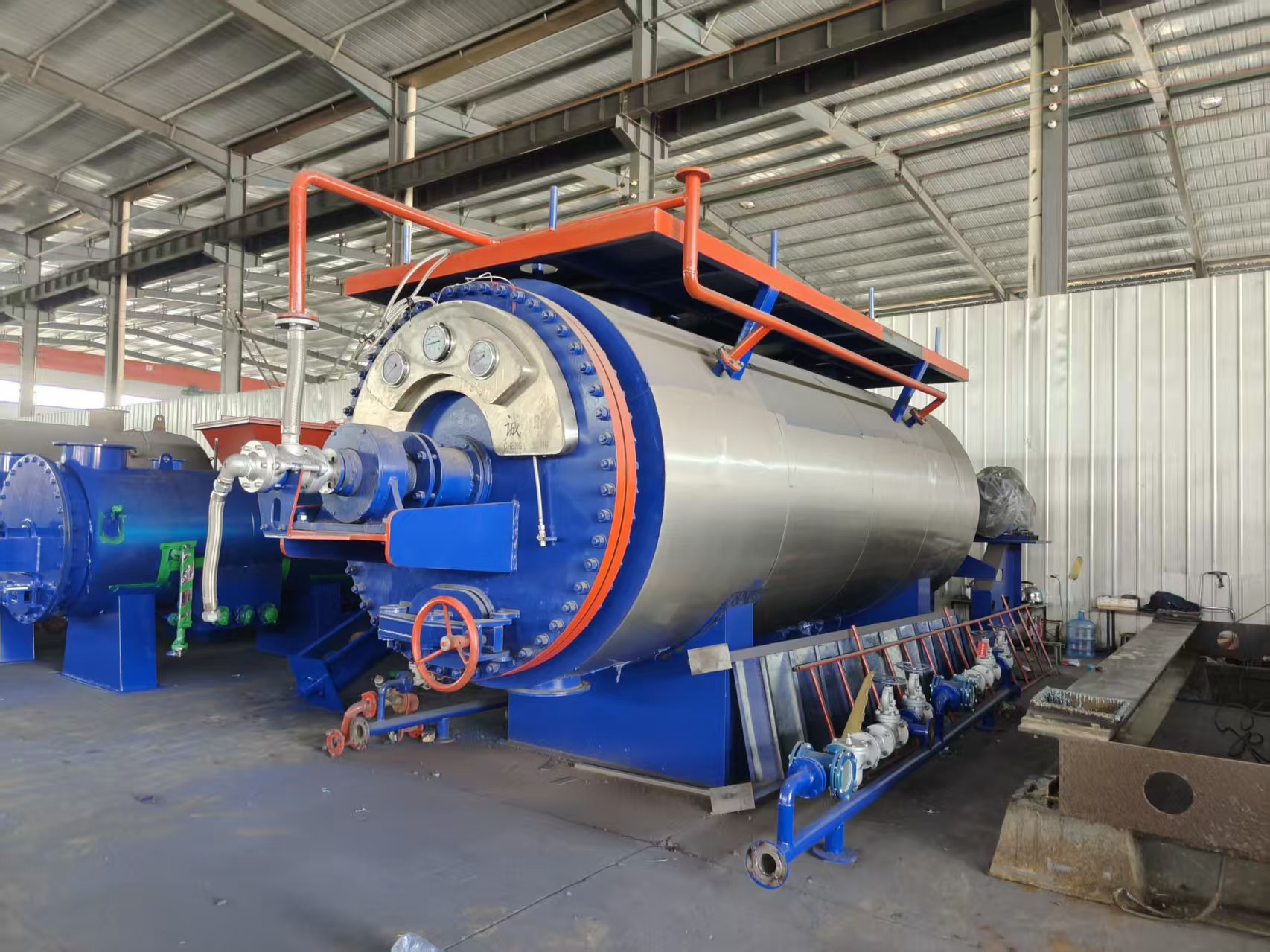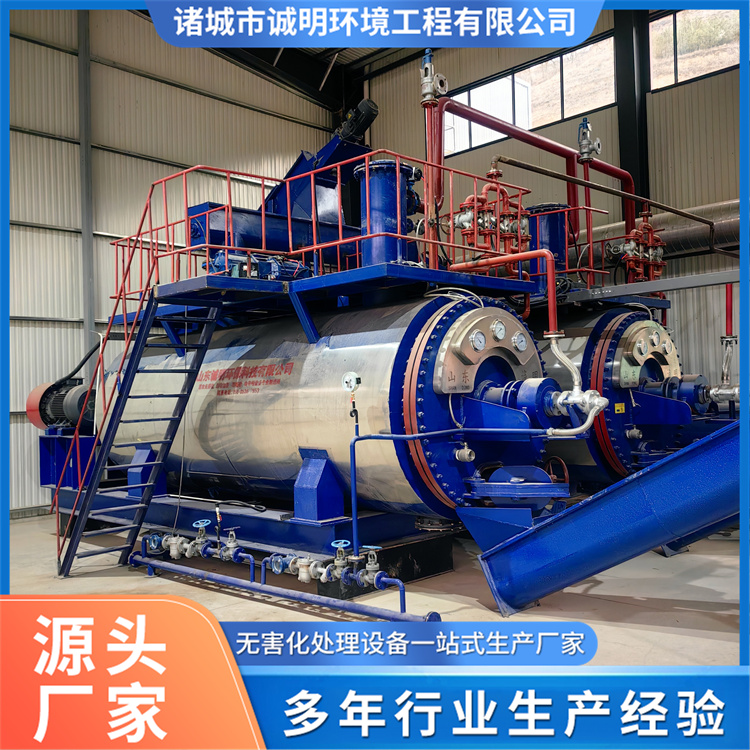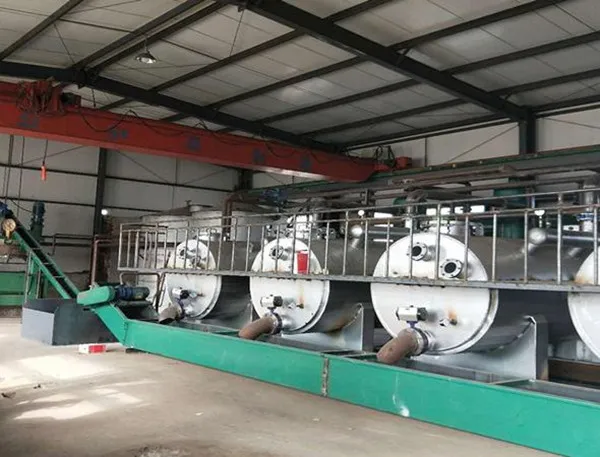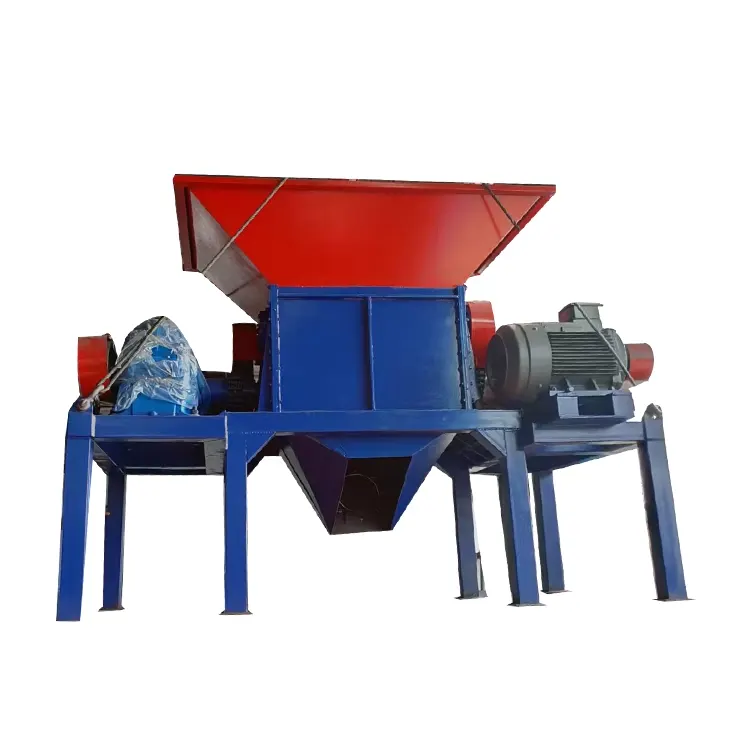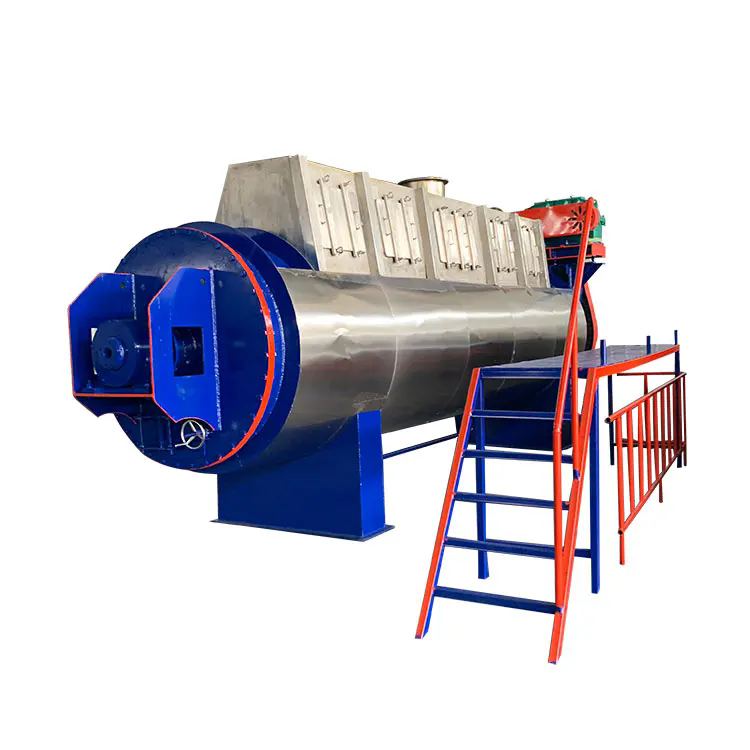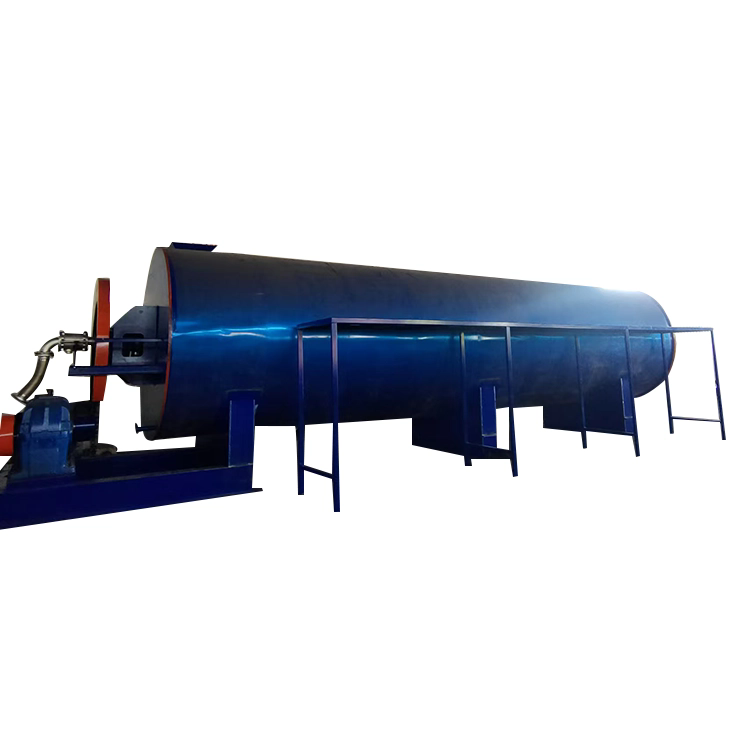Email Us
Animal harmless treatment equipment
Animal harmless treatment refers to the reasonable and safe disposal of wild animals or domestic animals in life to reduce potential harm to humans and the environment. In the process of implementing animal harmless treatment, the life rights and interests of animals should be fully respected, and harm to animals should be avoided as much as possible. Therefore, animal harmless treatment is a challenging task, which requires attention to animal welfare while protecting human interests.
There are many methods for harmless treatment of animals, depending on the type, number, environment and geographical conditions of the animals. The following are some common methods for harmless treatment of animals:
1. Capture and release: For some small wild animals that enter cities or human settlements, such as squirrels and rabbits, they can be captured and released in suitable places to reduce their interference with humans. This method can also protect the life rights of animals and send them back to a natural environment suitable for survival.
2. Drive away: For some aggressive wild animals, such as wolves, jackals, birds of prey, etc., they can be driven away from human settlements in a way that does not harm the lives of animals, such as using noise, flashing lights and other driving tools to reduce potential harm.
3. Preventive measures: In some specific cases, in order to reduce the harm caused by animals to humans, some preventive measures can be taken, such as installing electronic whistle equipment, sealing trash cans, etc., to prevent animal invasion. This method can effectively control the contact between animals and humans without harming animals.
4. Artificial breeding and wild protection: For some endangered species, artificial breeding and wild protection can be carried out to increase their population. This method is a long-term and sustainable harmless treatment method. By protecting the habitat of animals and controlling human development of their resources, it helps these endangered species restore ecological balance, thereby reducing potential threats to humans.
The implementation of harmless treatment of animals requires legal and compliant procedures and professional technical support. During the treatment process, we should try our best to avoid causing harm to animals and pay attention to the welfare and life rights of animals. In addition, the government, environmental protection agencies, animal protection organizations and the public should work together to formulate and implement relevant policies and measures to achieve the goal of harmless treatment of animals. However, there are also some challenges and controversies in harmless treatment of animals. First of all, how to balance the life rights of animals and the safety interests of humans is a big problem. Some people believe that harmless treatment of animals may damage the life rights of animals, and therefore oppose any measures that harm animals. The cost of harmless treatment of animals also needs to be considered, including the investment of human, financial and time resources. In the decision-making process, it is necessary to comprehensively consider the interests of all parties and find a balance point.
- Why Should You Choose Animal Harmless Treatment Equipment for Your Facility?
- Why Is a Grain Sterilization Tank Essential for Modern Food Processing?
- What is Animal Oil Refining Equipment and Why is it Essential?
- Why Choose a Harmless Treatment Humidifier for Your Air Quality Needs?
- What Exactly is Chicken Feather Powder Equipment and How Can It Boost Your Profits?
- How is this feather meal production line innovative?
Contact Us
Shunwang Avenue, Zhucheng City, Shandong Province, China
Copyright © 2024 Shandong Chengming Environmental Protection Technology Co., Ltd. All Rights Reserved.


